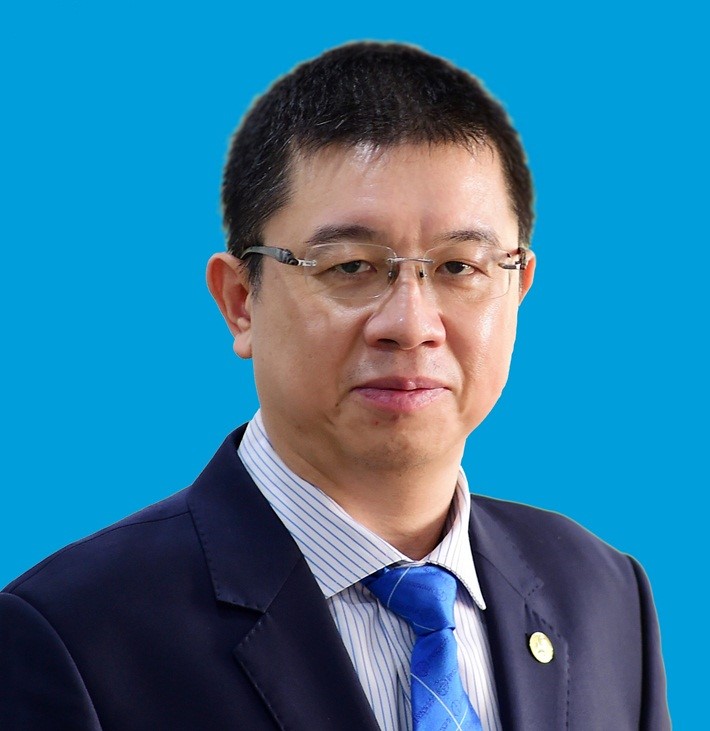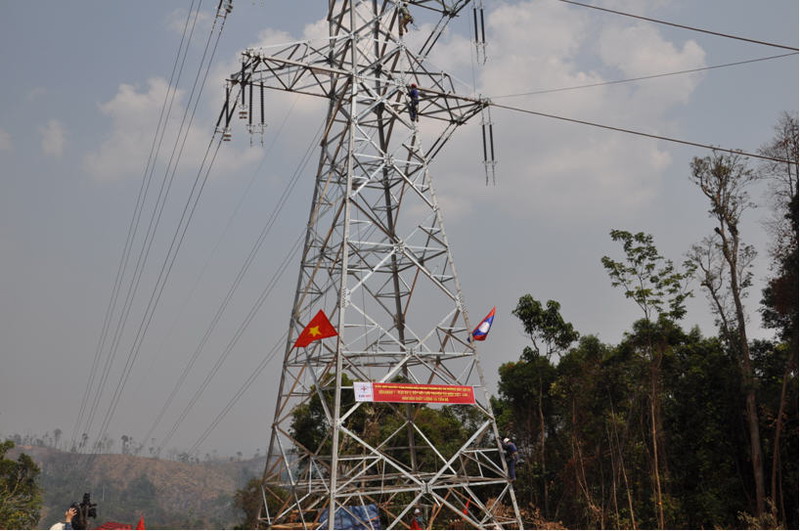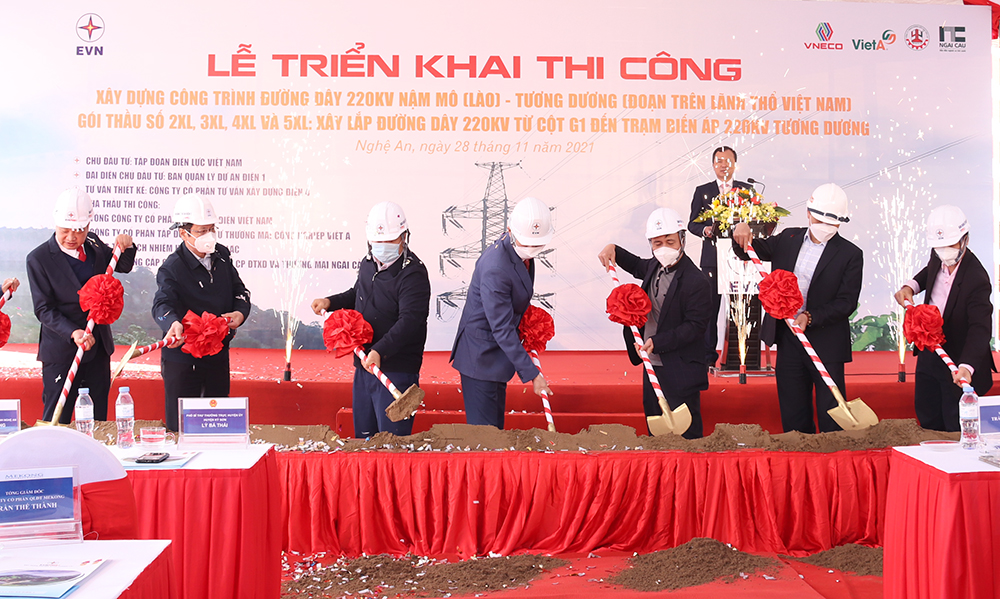
Mr. Pham Le Phu - General Director of EVNNPT
Reporter: Sir, from the energy crisis happening in many countries in the world, many experts believe that the interconnection of transmission grids among countries in the region is very important. Could you please tell me how EVNNPT has currently implemented the grid interconnection with other countries in the region?
Mr. Pham Le Phu: According to the calculation of the National Load Dispatch Center, in 2022 and some subsequent years, the ensuring of power supply in the Northern region of Vietnam is likely to be very stressful at some moments, therefore we have to maintain electricity import from neighboring countries.
Currently, Vietnam has imported electricity from Laos' hydropower plants via Xekaman 3 - Thanh My (Quang Nam) and Xekaman 1 - Pleiku (Gia Lai) 220kV transmission lines. Along with that, we have imported electricity from China via 220kV transmission lines to Lao Cai and Ha Giang, which have been energized and operated since 2006.
The purpose of electricity import is to make up for the shortfall in the capacity that may occur in the coming years in order to fulfill the Prime Minister's request of constantly and sufficiently securing electricity supply for socio-economic activities.
In addition, EVNNPT’s grid has also been connected with the Cambodian power grid through Chau Doc - Ta Keo 220kV transmission line for more than 10 years (mostly Vietnam sells electricity to Cambodia).
Reporter: What is the significance of the transmission grid interconnection with neighboring countries, sir? Will EVNNPT intensify the grid interconnection with other countries in the region in the coming time, sir?
Mr. Pham Le Phu: The policy of grid interconnection with countries in the region has been directed by the Government of Vietnam since the early 2000s with a key strategy of importing 2,000-3,000 MW of electricity from power plants in Laos as well as linking to the Cambodian and Chinese power grids. Vietnam has nearly 20 years of experience in grid interconnection with countries in the region, starting with 110kV voltage level, then upgrading to 220kV with 5 connection directions in Lao Cai, Ha Giang, Quang Nam, Gia Lai and An Giang.
The grid interconnection aims to effectively exploit available resources, reduce transmission loss, increase redundancy, and gradually create and complete regional and international electricity markets.
In the next 10 years, the interconnection with Laos' electricity grid in border provinces will be promoted, such as Lai Chau, Dien Bien, Son La, Thanh Hoa, Nghe An, Quang Tri, and Quang Nam at voltages of 220kV and 500kV for importing electricity from Laos. In addition, EVNNPT will upgrade the regional grid interconnection to a voltage of 500kV at 3 points Son La, Quang Nam, Kon Tum to participate in forming the backbone of the ASEAN Power Grid (APG) which has been approved by ASEAN leaders since 2014, towards the establishment of an electricity market of ASEAN countries in the ASEAN Economic Community.

Xekaman 1- Pleiku 2 220kV transmission line transmits electricity from Laos to Vietnam
Reporter: When linking the power grid with countries in the region, what are operational challenges for the power transmission system? What are solutions for the safe operation of the interconnected power transmission grid, sir?
Mr. Pham Le Phu: Because each country in the region applies different technical standards and operating procedures, the biggest challenge when embarking on grid interconnection among countries in the region is the harmonization of technical standards to design and build interconnection grid projects, as well as the collaboration in operating the interconnected transmission grid.
In addition, under the auspices of the governments of the countries within the cooperation framework of ASEAN and the Great Mekong Subregion (GMS) countries, Laos and Cambodia have harmonized their technical standards to be in line with international and Vietnamese standards. Up to now, all the parties have been familiar with the transmission grid interconnection technology at 220kV voltage level and coordinated in safely operating the regional interconnection grid.
In the coming time, when Vietnam upgrades the transmission grid interconnection to the super high voltage 500kV level, requirements for training operation personnel, developing common interconnection technical standards, as well as collaborating in operation at the super high voltage level will have to be done as in the first years of cross-border grid interconnection. Moreover, EVNNPT has a professional Power Transmission Technical Service Company (NPTS), so better supports can be provided to the neighboring countries in operating the interconnection grids.

The ceremony to start construction of Nam Mo - Tuong Duong 220kV transmission line project (in November 2021) to import electricity from Laos to Vietnam
Reporter: In order to effectively implement the transmission grid interconnection, what recommendations have EVNNPT put forward to the authorities?
Mr. Pham Le Phu: EVNNPT is aiming to become an advanced transmission corporation at the top of Asia, building and developing human resources for operation management, technical services, corporate governance of regional and global levels, so as to export these services to other countries.
In order to ensure energy security in general and enhance the efficiency of transmission grid interconnection in particular, the Government should adopt policies to encourage and support domestic businesses with strong potential to invest in the construction, management and operation of hydropower and wind power projects in Laos, improving their competitiveness against other regional investors in Laos. In addition, it is necessary to strengthen communication with people and businesses in Vietnam to draw their attention to actively protecting the safety corridor of the transmission grid to ensure national energy security.
PV: Thank you, sir!
evn.com.vn
Share